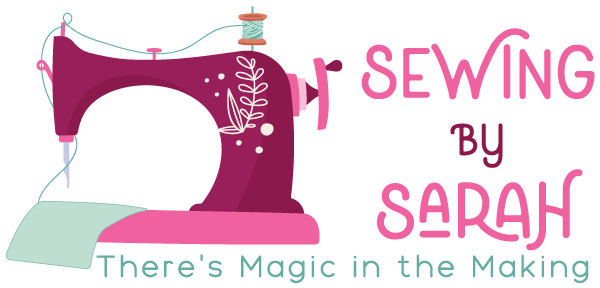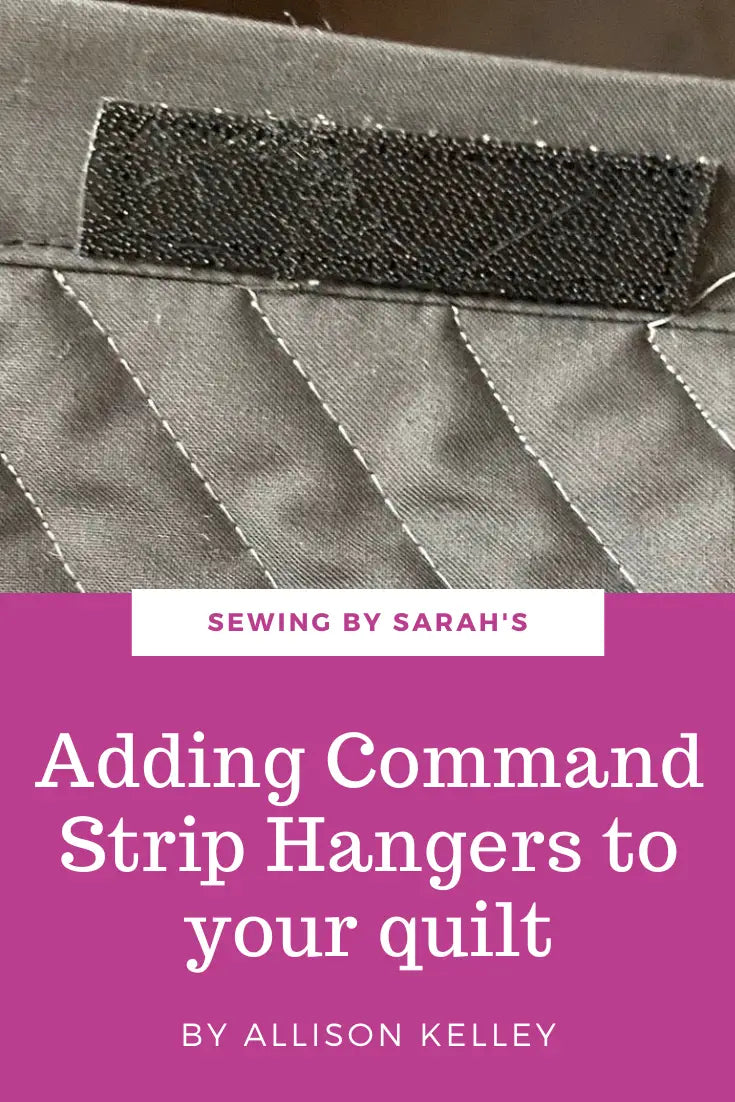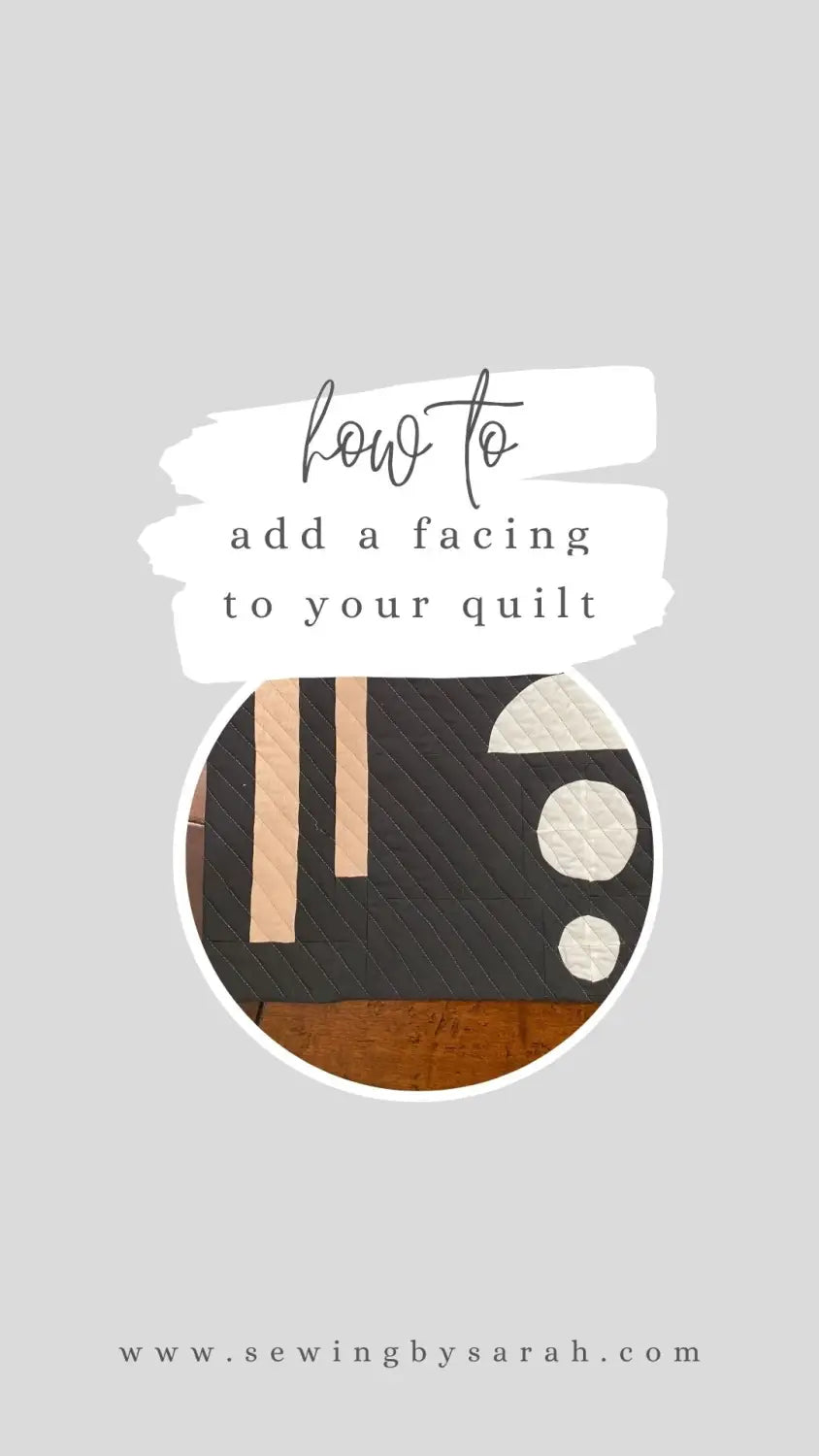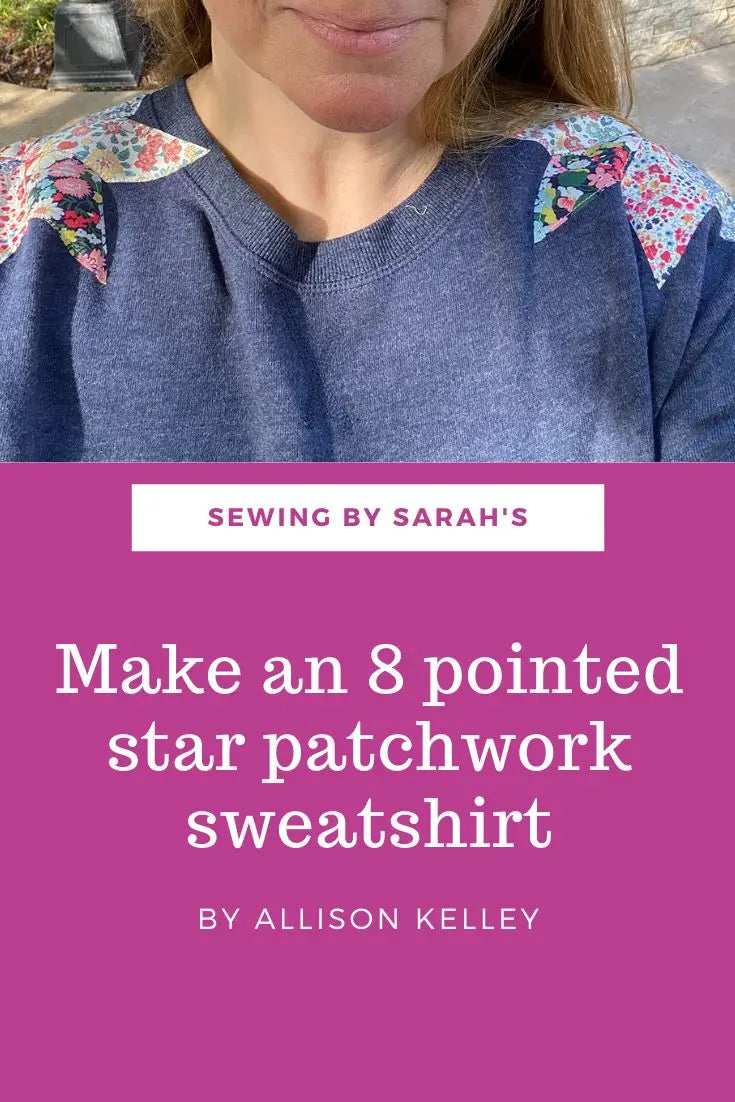This is our second week for this quilt along, here are links to the rest of the posts in case you missed them:
You’ve paper pieced some of your units in your pattern – any pattern. Woohoo. But now it is time to join the units, and you may have a little hesitation about getting those pieces together perfectly.
Here is a video overview, but be sure to read the tips below as well!
Here are some basic tips when joining paper pieced units:
-
Don’t just match up the raw edges.
I know – you are thinking “WHAT??? I thought I ALWAYS lined up the raw edges!” Well sure – you will match up the raw TRIMMED edges, but you will want to do some placement checking before you do that.
I put a pin (a super sharp pin) at the intersection or corner on the two pieces that I’m joining.

Let’s use the Sample Paper Piecing tutorial I provided in our first post. If I were joining two flying geese units, I would place the units right sides together (as you would with most traditional piecing). I would place a pin through the corner intersections, marked with the red circles. The pins should go through the corners on BOTH units.
I would then place a pin at the center of the block along the seam line – again making sure the pin intersected the line on the front unit as well as on the unit underneath.
-
Do a sample seam with a basting stitch.
Yes, I know I told you to reduce your stitch length when paper piecing. But when joining two units together, it is best to lengthen your stitch length to its longest setting and stitch your seam with the basting stitch length. If it isn’t perfect, then the stitches are quick and easy to remove. If it is perfect – congratulations! And you can easily stitch over the basting stitches with a shortened stitch length (yes, you are going to need to sew again with a shortened stitch length!
-
Remove the paper from the seam allowance.
Remove the paper from the seam allowance on both units after it is sewn. This will reduce the bulk AND make it much easier when the entire project is pieced to remove the rest of your papers.
-
Press your seam open.
When you were paper piecing your units, you had no control whatsoever on your seam pressing. But when joining units. I recommend pressing your seams open. This will give you the flattest blocks possible – and since you removed the paper from the seams, it will be easy to press!
Don’t forget to use a pressing cloth when pressing to prevent ink from transferring to the surface of your ironing board!
So far so good! But you may be asking yourself when do you remove the rest of the paper from your block – and how. Good question!
5. Add your borders.
Review your pattern for cutting and size instructions, but at this point add your borders before you remove the paper.
6. Remove the paper
I generally do not remove the paper from my blocks until they are pieced into the quilt and all sides are secure. Now stop and think about it. Often with paper piecing, you have odd angles and exposed bias edges. Keeping the paper on the blocks helps secure the block and keep everything nice and square. Yes, it may be a little stiff but the blocks will stay straight.
When removing the paper, there are several different methods.
- Pull GENTLY on the project on the bias to tear the paper.
This works, but if you tug too hard, you might also pop some stitches. So….not my favorite approach.
- Run a pin or needle along the stitched lines to further score the paper and loosen it.
This works well, but again do it gently. You don’t want to shred your stitches!
- Begin at the seams, and fold the paper pieces back along each stitch line.
Since you removed the paper in the seam allowance, chances are good that the paper along those outside seams is already loose and is a great place to start. Work at it piece by piece. You may need to use tweezers if you have super tiny pieces!
- Lightly mist the paper with water and allow to dry.
Dampening the paper weakens it and makes it easier to remove. Again, start at a seam and work your way around the project!
7. Final Press
Once you have all of the paper removed, you will want to give your project another good pressing to make sure everything is nice and flat. Clean up any long threads and square up any border edges.
Now you are ready to quilt your project! Spoiler alert – I’m going to recommend you quilt it before doing any embellishing. But we will talk about embellishing next week!
YouTube Video Link: https://youtu.be/EPquKWXAw1s




Leave a comment (all fields required)